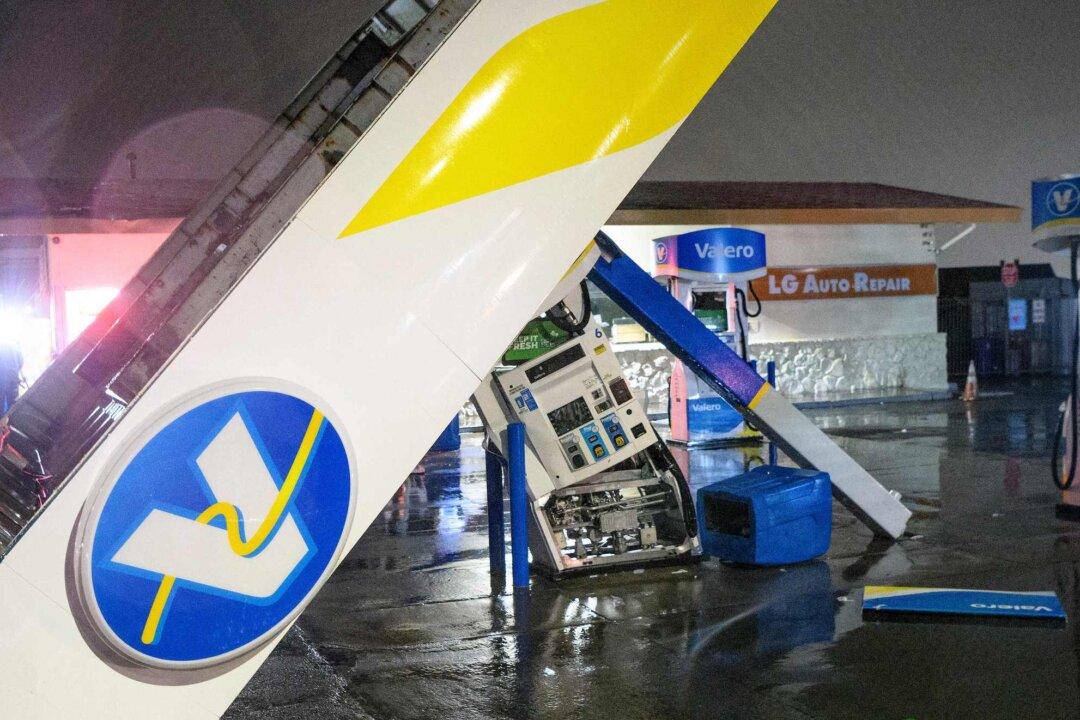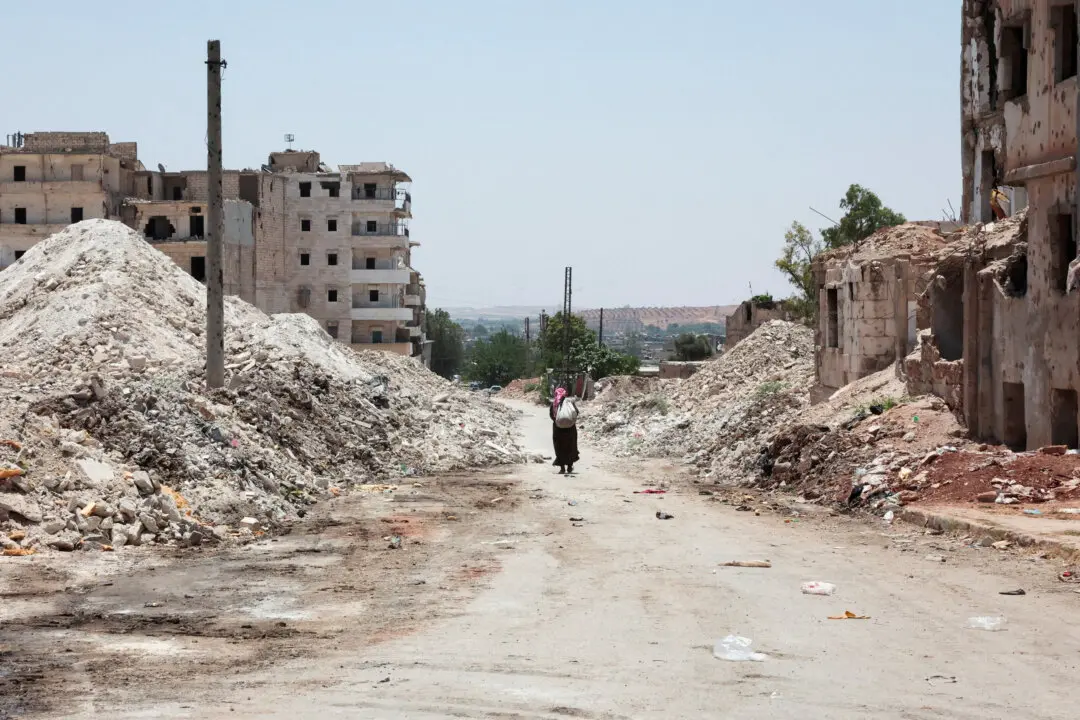The National Weather Service said early Thursday that a “significant storm” has arrived in California, bringing heavy rainfall, flooding with debris flows, and landslides that are expected to impact the state throughout the day, while local media reported that what has become a “bomb cyclone” has led to the death of at least one person.
The powerful low-pressure storm system strengthened rapidly on Wednesday to became what’s known as a “bomb cyclone,” which is a low-pressure area that intensifies by 24 millibars within 24 hours.





